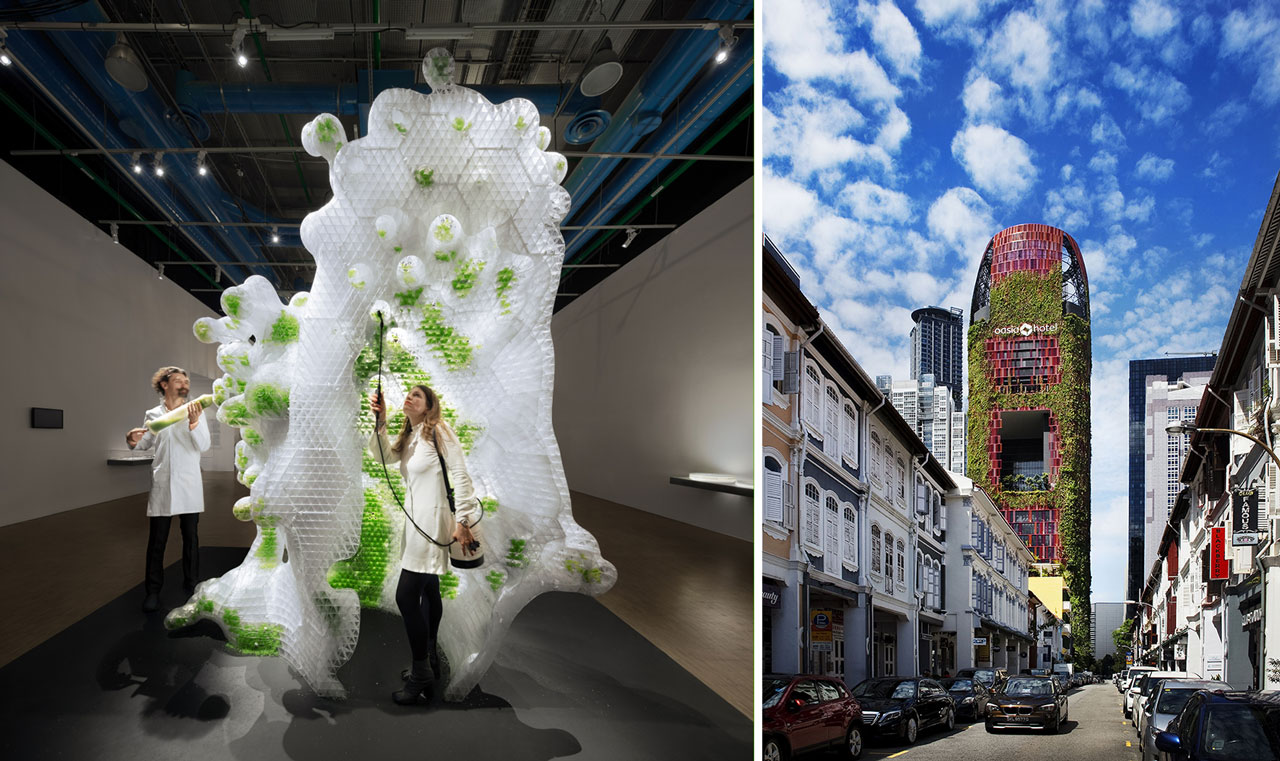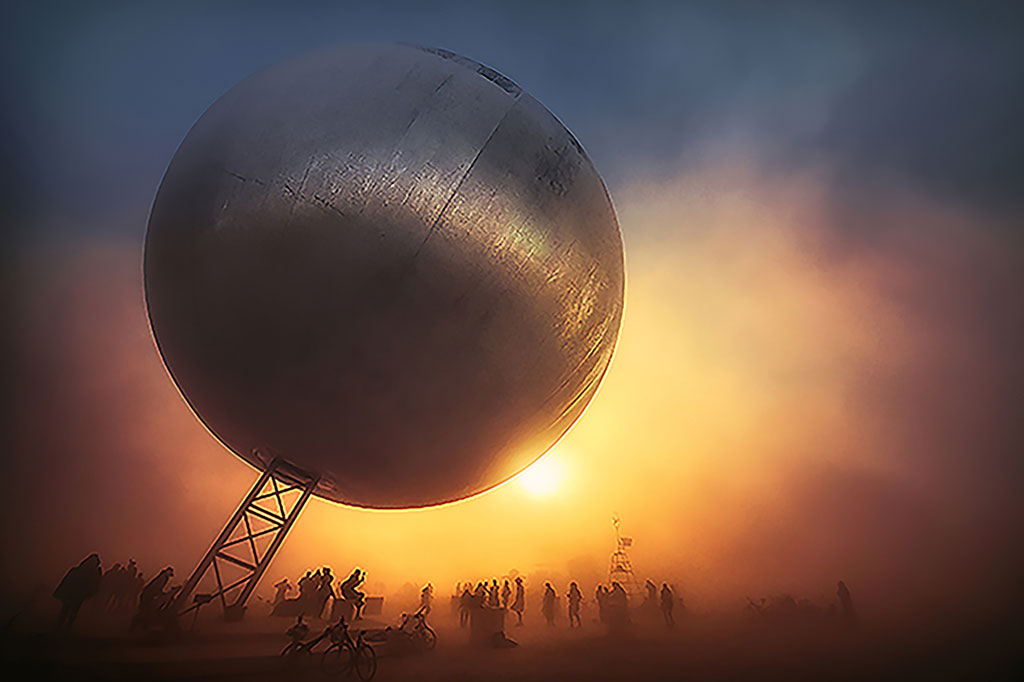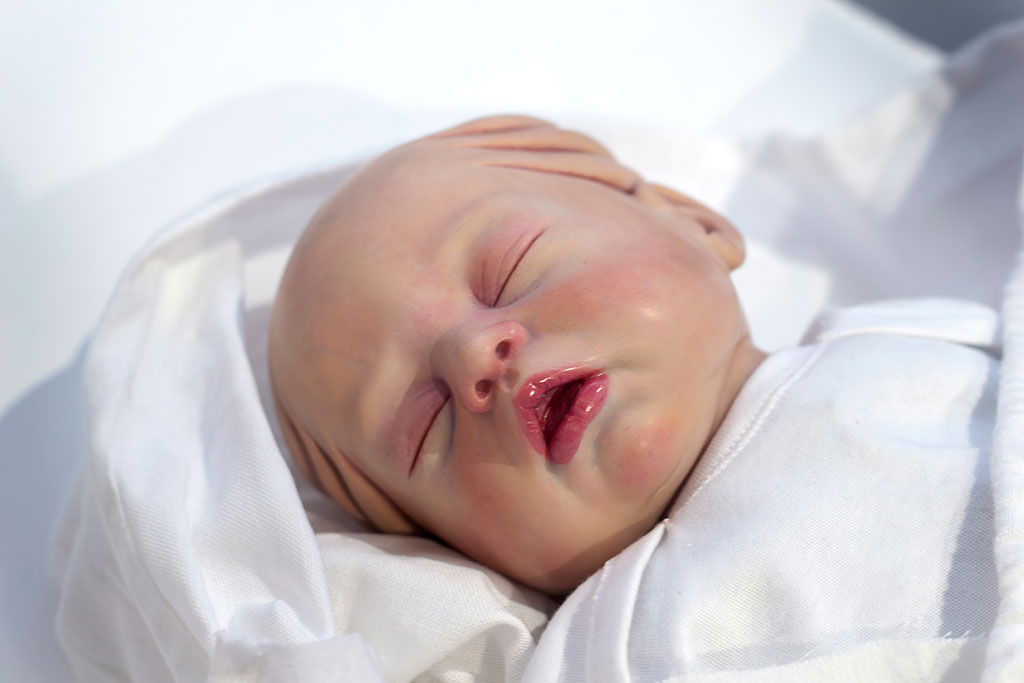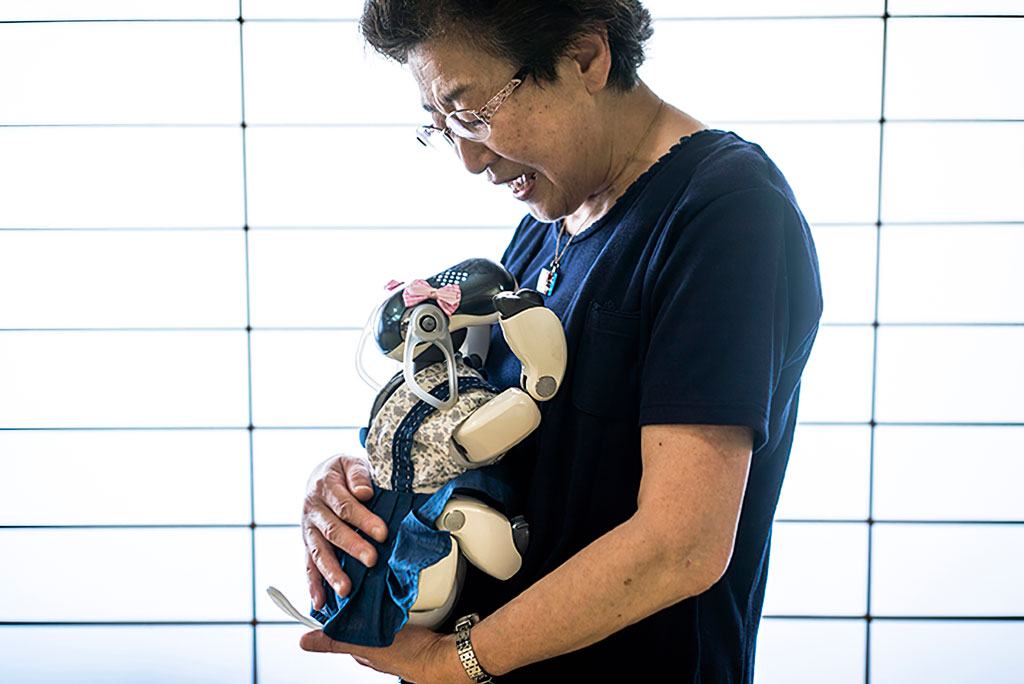ART PREVIEW:AI, Robotics, Cities, Liferts-How Humanity Will Live Tomorrow
 Advances in technology over the past few years are now starting to have a significant impact on various aspects of our lives. It is said that not too far in the future, human beings will be entrusting many of their decisions to AI (artificial intelligence) which will then supersede human intelligence; the advent of “singularity” will potentially usher in enormous changes to our society and lifestyles. The effect of such changes may not be necessarily and universally positive, yet surely we need to at least acquire a vision of what life may look like in the next 20-30 years, and ponder the possibilities of that new world. Doing so will also spark fundamental questions about the nature of affluence and of being human, and what constitutes life.
Advances in technology over the past few years are now starting to have a significant impact on various aspects of our lives. It is said that not too far in the future, human beings will be entrusting many of their decisions to AI (artificial intelligence) which will then supersede human intelligence; the advent of “singularity” will potentially usher in enormous changes to our society and lifestyles. The effect of such changes may not be necessarily and universally positive, yet surely we need to at least acquire a vision of what life may look like in the next 20-30 years, and ponder the possibilities of that new world. Doing so will also spark fundamental questions about the nature of affluence and of being human, and what constitutes life.
By Dimitris Lempesis
Photo: Mori Art Museum Archive
With 100 works in five thematic sections, the exhibition “Future and the Arts: AI, Robotics, Cities, Life – How Humanity Will Live Tomorrow” aims to encourage us to contemplate cities, environmental issues, human lifestyles and the likely state of human beings as well as human society – all in the imminent future, via cutting-edge developments in science and technology including AI, biotechnology, robotics, and AR (augmented reality), plus art, design, and architecture influenced by all these. The exhibition aims to encourage us to contemplate cities, environmental issues, human lifestyles and the likely state of human beings as well as human society – all in the imminent future, via cutting-edge developments in science and technology including AI, biotechnology, robotics, and AR (augmented reality), plus art, design, and architecture influenced by all these. New Possibilities of Cities: New cities being constructed are starting to make the leap beyond conventional urban parameters to desert, sea and air. They are reminiscent of Metabolism* envisaged and conceptualized by young Japanese architects during the 1960s. Most of them did not come to fruition with then technologies, however with the advances of information, technology and biotechnology, the real Metabolism cities that are sustainable, and environmentally-sound are becoming possible. In this section, we look at the leading examples of urban planning, and the unique visions of artists and architects, via photos, video and models. Toward Neo-Metabolism Architecture: This section introduces and discusses possibilities of today’s architecture as exemplified by the development of environmentally-friendly organic building materials and some new construction methods that fully utilize advanced technologies represented by 3D printers, drones robotics and such. Coexisting with nature, sustainable and dynamic, they flexibly metabolize-suggesting the possibilities of Neo-Metabolism architecture. Lifestyle and Design Innovations: Technical innovations are steadily altering the way we/ eat, dress and live. The appearance of computer modeling and 3D printing has changed the course of design history, while the artificial foodstuffs, for example, has emerged as one solution to global challenges as population growth and food shortages. This section looks at the kinds of design and products emerging from the latest technologies and radical new concepts, exploring their potential to generate new lifestyles. Human Augmentation and Its Ethical Issues: Advances in robotics and biotechnology help expand human capacity while making it possible to overcome incurable diseases. As wonderful as it all sounds, this also raises ethical questions about the extent to which we as humans should be altering our bodies. This section focuses on the body, that greatest of all Human concerns. Society and Humans in Transformation: Technological developments and the concomitant changes in outlook overturn previously-accepted notions of society and what is to be human. In future we may see humans nursed by robots for instance, or “sharing” of children with DNA of three or more parents. This last section in the exhibition urges us to rethink the definition of “human”, “life” and “happiness: and questions what we should do to move to a better future.
*Metabolism: An architecture movement originating in Japan and most influential in the 1960s—trending roughly from the late 1950s to the early 1970s. The word metabolism describes the process of maintaining living cells. Young Japanese architects after World War II used this word to describe their beliefs about how buildings and cities should be designed, emulating a living being. The postwar reconstruction of Japan’s cities spawned new ideas about the future of urban design and public spaces. Metabolist architects and designers believed that cities and buildings are not static entities, but are ever-changing—organic with a “metabolism”.
Info: Curators: Nanjo Fumio, Kondo Kenichi, Tokuyama Hirokazu and Honor Harger, Mori Art Museum, 53F, Roppongi Hills Mori Tower, Tokyo, Duration: 19/11/19-29/3/20, Days & Hours: Mon & Wed-Sun 10:00-22:00, Tue 10:00-17:00, www.mori.art.museum







Zackary Canepari and Drea Cooper, THE DOG, 2015
